‘Dune: Part Two’ Review – As the Worm Turns
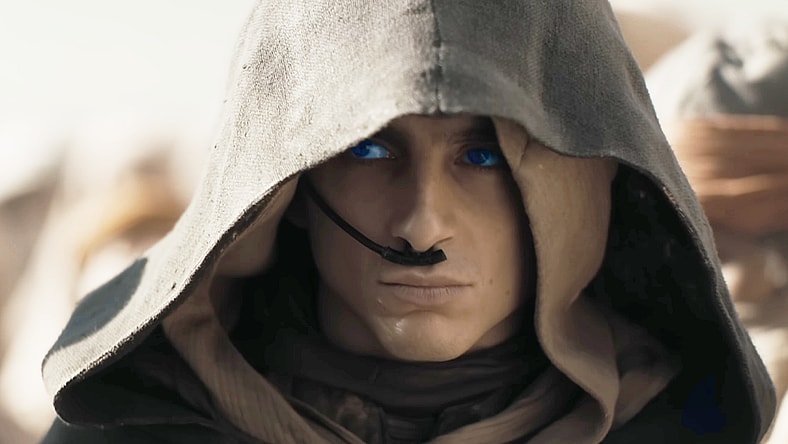
Full admission: I’m not a Dune fan.
I didn’t read author Frank Herbert’s Dune books. The 1984 version of the film by David Lynch is decent, but I never want to watch it again. I’ve watched Dune: Part One twice and still feel like it’s boring.
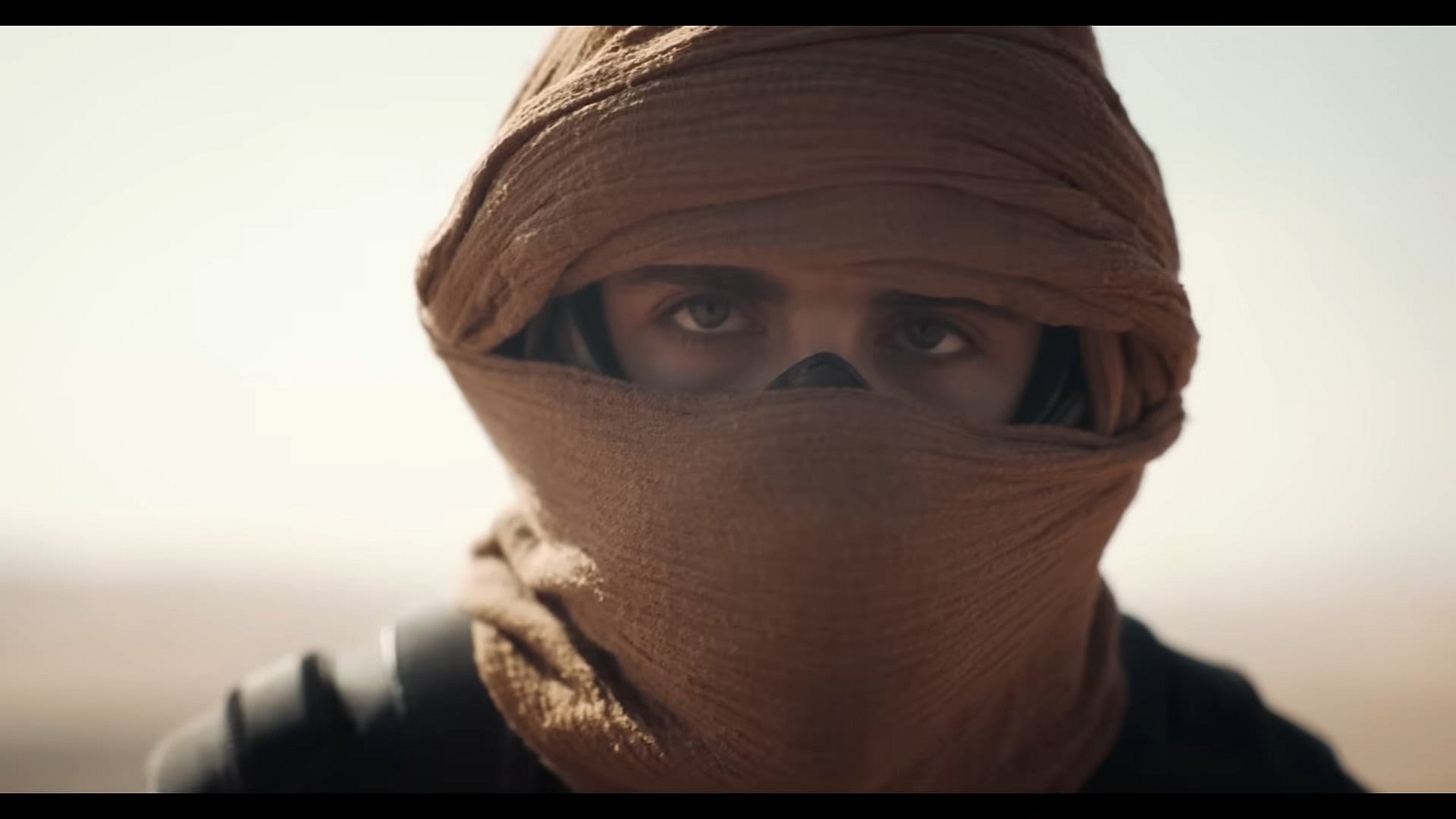
RELATED: Max Retitles ‘Dune: The Sisterhood’ To ‘Dune: Prophecy,’ Announces Release Date
Dune is this massive sci-fi epic that has consistently been cursed thanks to its dense lore. Despite its incredible cast and fantastic special effects, the sand-ridden world of Dune feels too vast to completely comprehend – and I think it’s funny that current Dune director Denis Villeneuve recently stated that he hates dialogue when Dune: Part One is two-and-a-half-hours of nothing but dialogue and set up for its sequel.
And yet, for all my disinterest in the preceding entry and series overall, I still plugged in my stillsuit for a trip to see Dune: Part Two.
Dune: Part Two picks up almost immediately after the ending of Dune: Part One. Paul Atreides (Timothee Chalamet) and his mother, Jessica (Rebecca Ferguson), are still trying to convince the Fremen that they belong among them.
Stilgar (Javier Bardem) has many Fremen believing that Paul is some prophetic savior, while the rest of the Fremen, including Chani (Zendaya), believe that the outsiders are spies.
Things aren’t helped by the fact that Paul’s intentions are questionable from the start, as he claims he’s no messiah but rather just a man looking to learn the ways of the Fremen in order to get revenge for the death of his father.
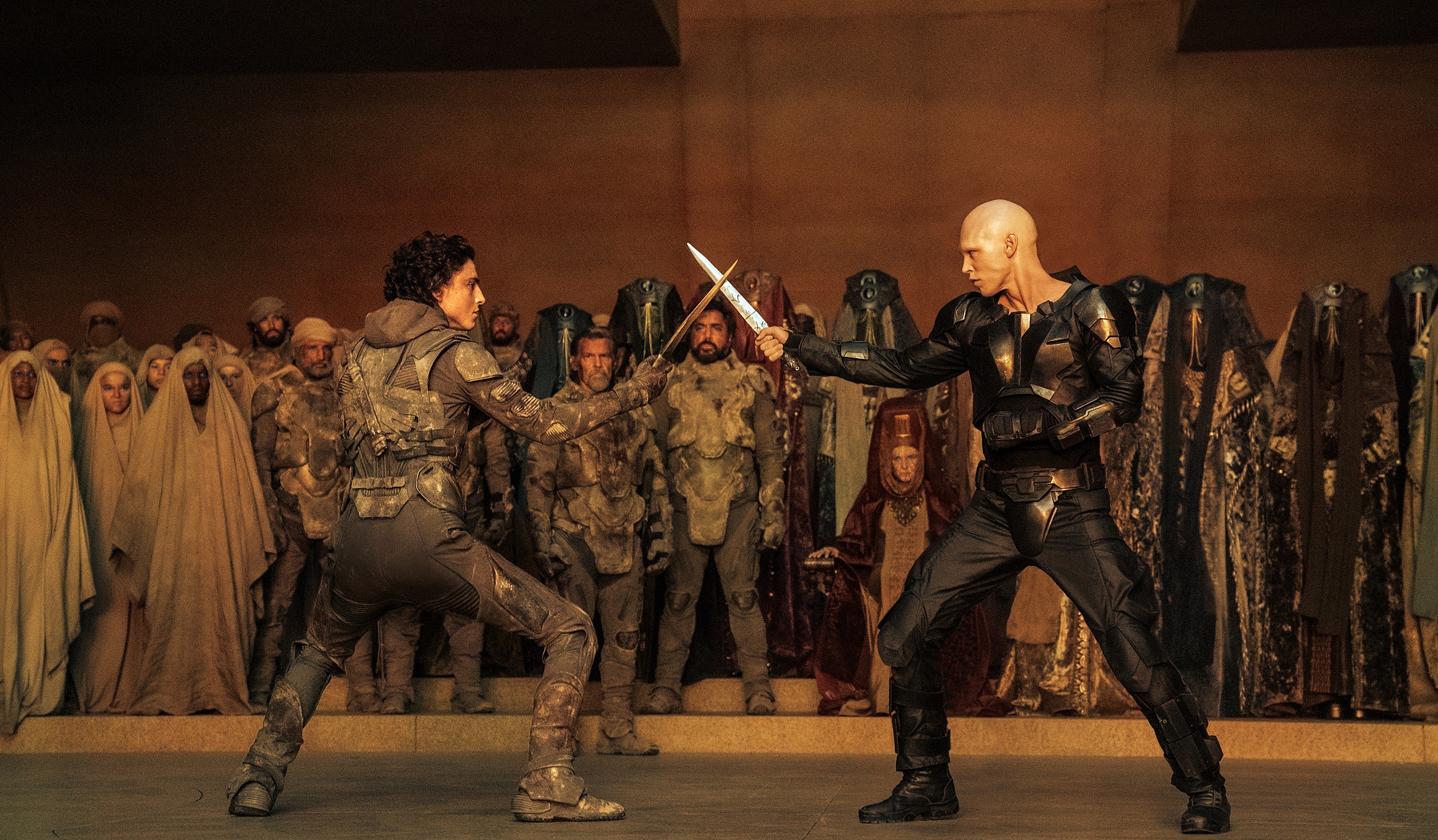
As for Jessica, in service of easing these tensions, when the opportunity arises, she ascends to the role of the Fremen’s Reverend Mother and proceeds to use her status to help convince her followers of Paul’s holy status – all the while being pregnant with Paul’s baby sister, with whom she has full-on, one-sided conversations throughout the film.
Meanwhile, as spice production under his watch continues to be interrupted by Fremen attacks, Rabban is demoted from his post as the ruler of Arrakis by The Baron, who in turn replaces him with his younger, bloodthirsty, and psychopathic nephew Feyd-Rautha (Austin Butler).
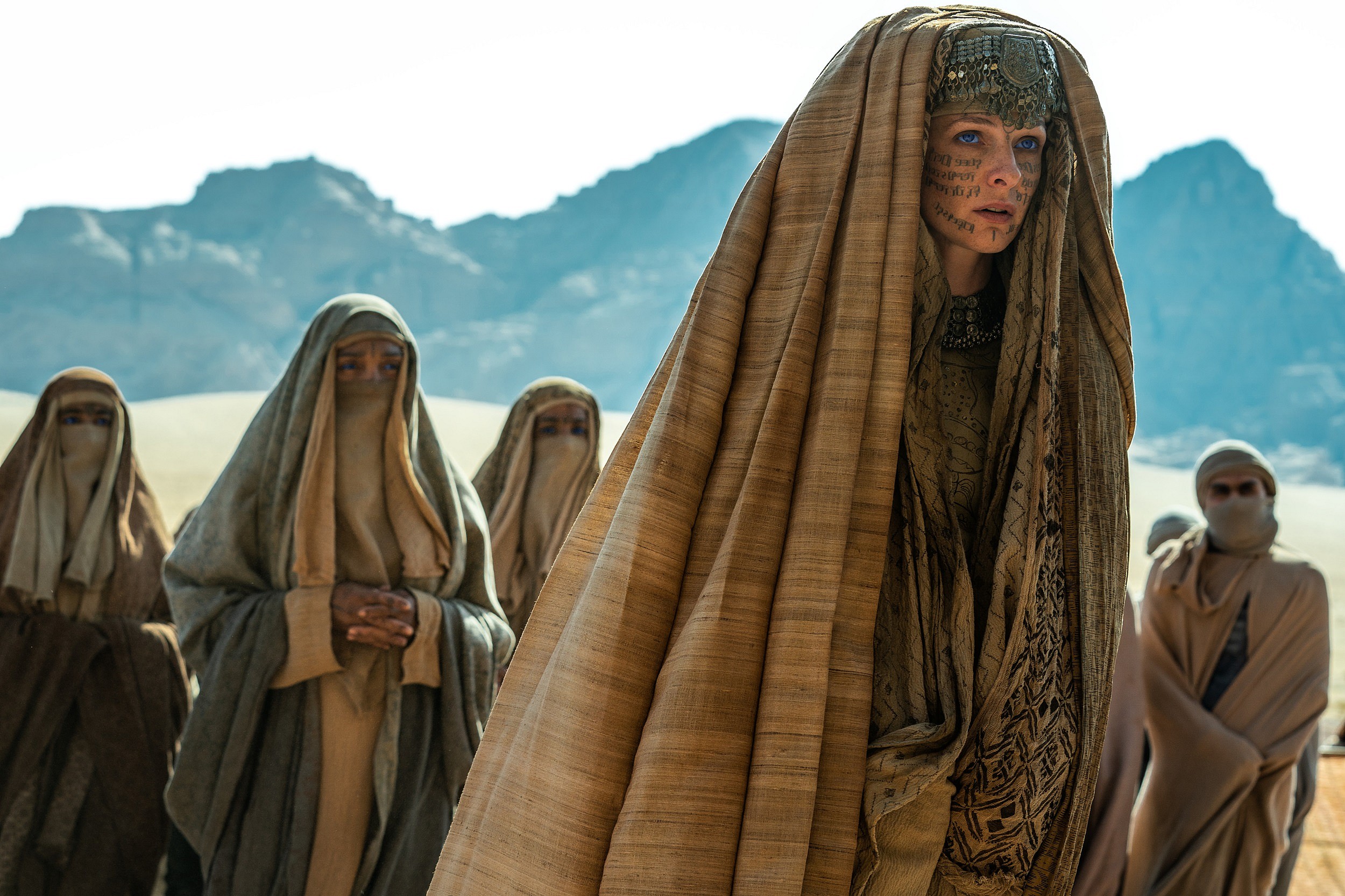
While I may not be a fan of the Dune series itself, I’ve always found Villeneuve’s other works (Prisoners, Enemy, Sicario, Arrival) to be phenomenal enough to keep me coming back for more. Same goes for the impressive filmography of Dune: Part Two‘s cinematographer Greg Fraiser (The Creator, The Batman, Rogue One, Killing Them Softly), whose films are always beautifully shot.
To this end, Dune: Part Two is a master class in visuals.
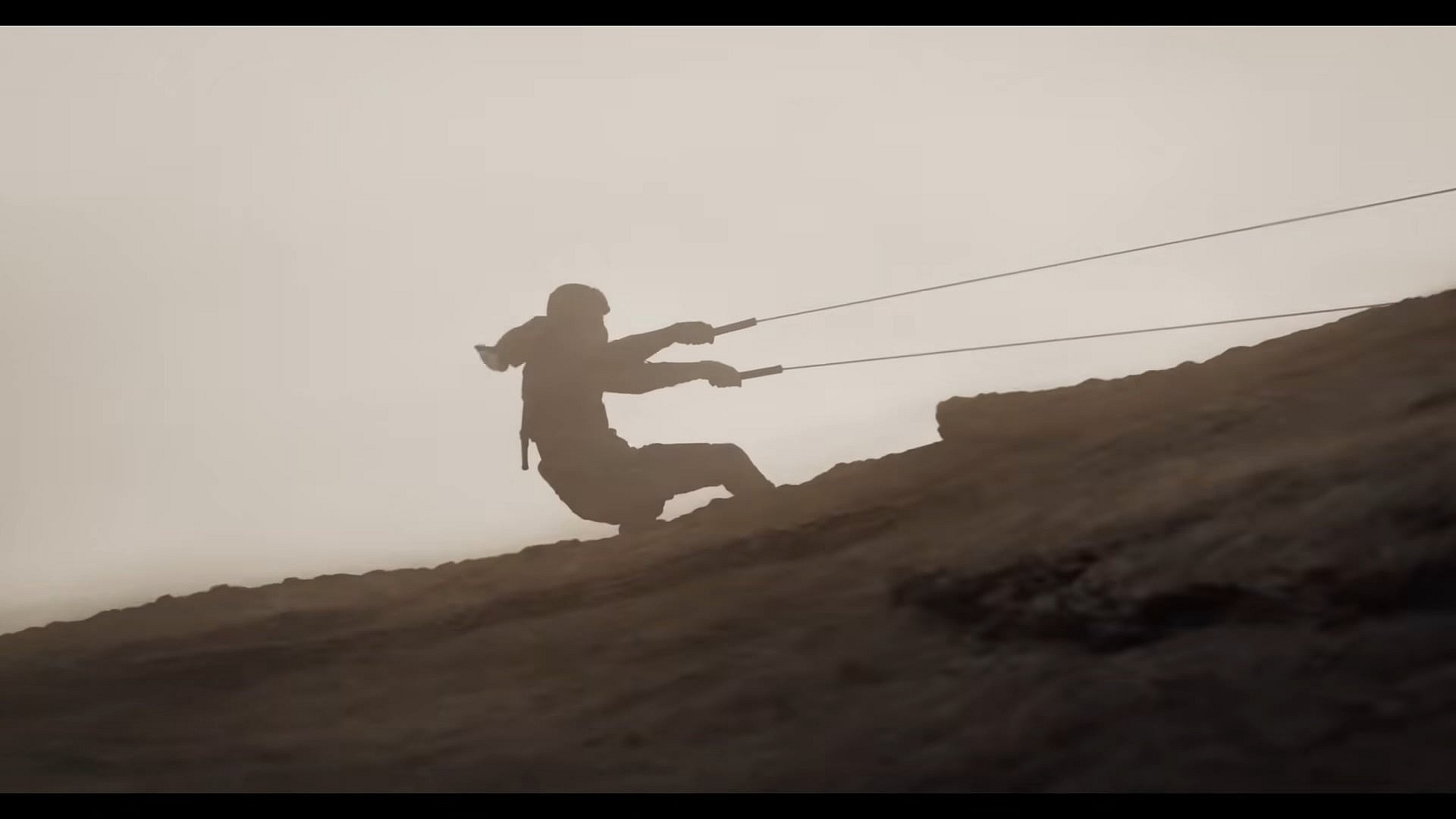
The introduction of Feyd-Rautha on Giedi Prime is a particular triumph, as the scenes on the planet take place entirely in black-and-white, which provides an intriguing contrast to how sand scenes are often entirely white, Harkonnen sequences are heavy on black, and full-on action takes place in total color.
Further, Dune: Part Two is far most action-packed than its predecessor. The Harkonnen now utilize the Ornithopters while the Fremen travel and fight using sandworms, and while most hand-to-hand combat involves blades, the film features countless awe-inspiring explosions. The worm-riding sequence will give you legitimate goosebumps, especially if you see the film in IMAX.
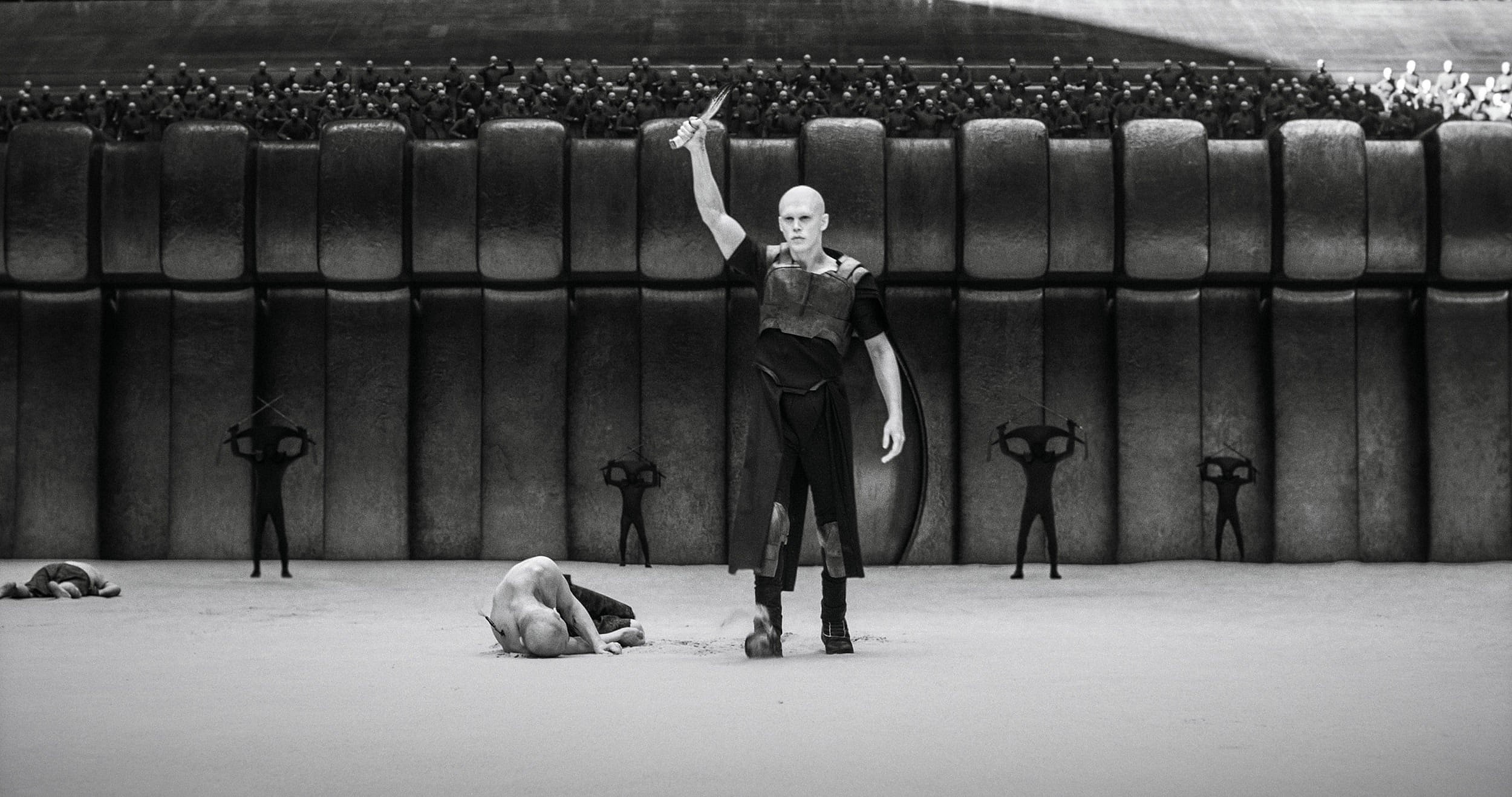
But while the action is more prevalent this time, Dune: Part Two stumbles in its second half.
The second half of Dune: Part Two has far worse pacing than the first, it’s run time overwhelmed with sandy worm worshippers having their heads way too far up their asses.
Not only is Timothee Chalamet a stronger actor when he has less to work with, but Paul is also a more attractive as a character when he’s humbly learning the ways of the Fremen rather than shouting about how great he is. Chalamet’s weight as a believable prophet also falters in his weak delivery of louder lines.
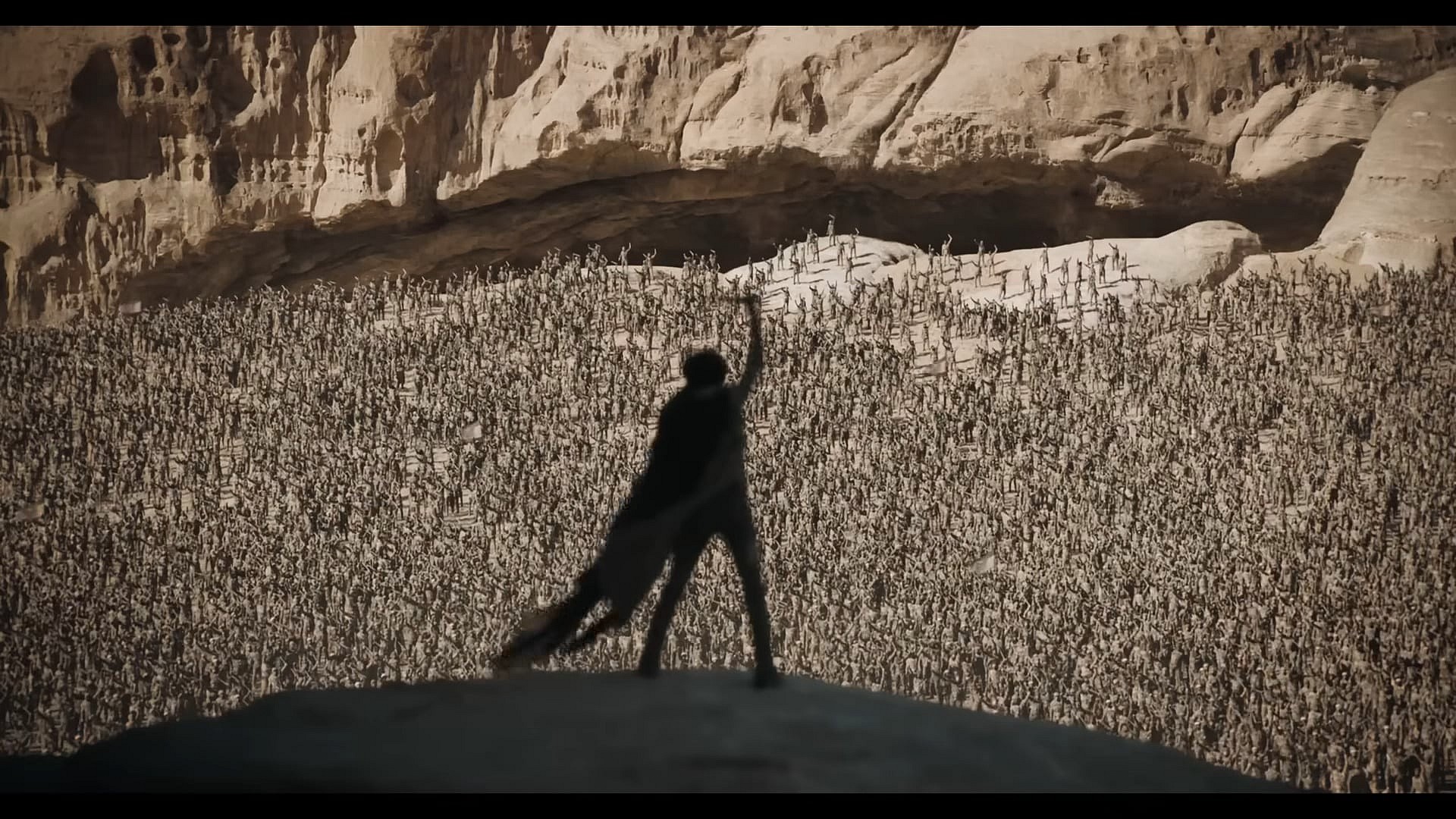
And while Dune: Part Two may be a visual splendor, its plot feels like it doesn’t make a lick of sense. The Harkonnen material, particularly on Geidi Prime and with scenes involving Lea Seydoux, gives the film an atmosphere akin to that of Death Stranding – the magnificently bizarre video game that is both gloriously unique and yet probably the dumbest thing to describe out loud. Dune: Part Two leads towards a holy war, but you don’t understand half of the stuff people discuss in the film.
The storytelling of Dune feels so elongated and convoluted, as between the two films released thus far, it shouldn’t take nearly six hours to get to yet another cliffhanger ending for what will likely be the most savage film of the entire trilogy, especially when the wait between Dune films is almost as unbearable as a ten-minute conversation revolving around the Atreides bloodline.
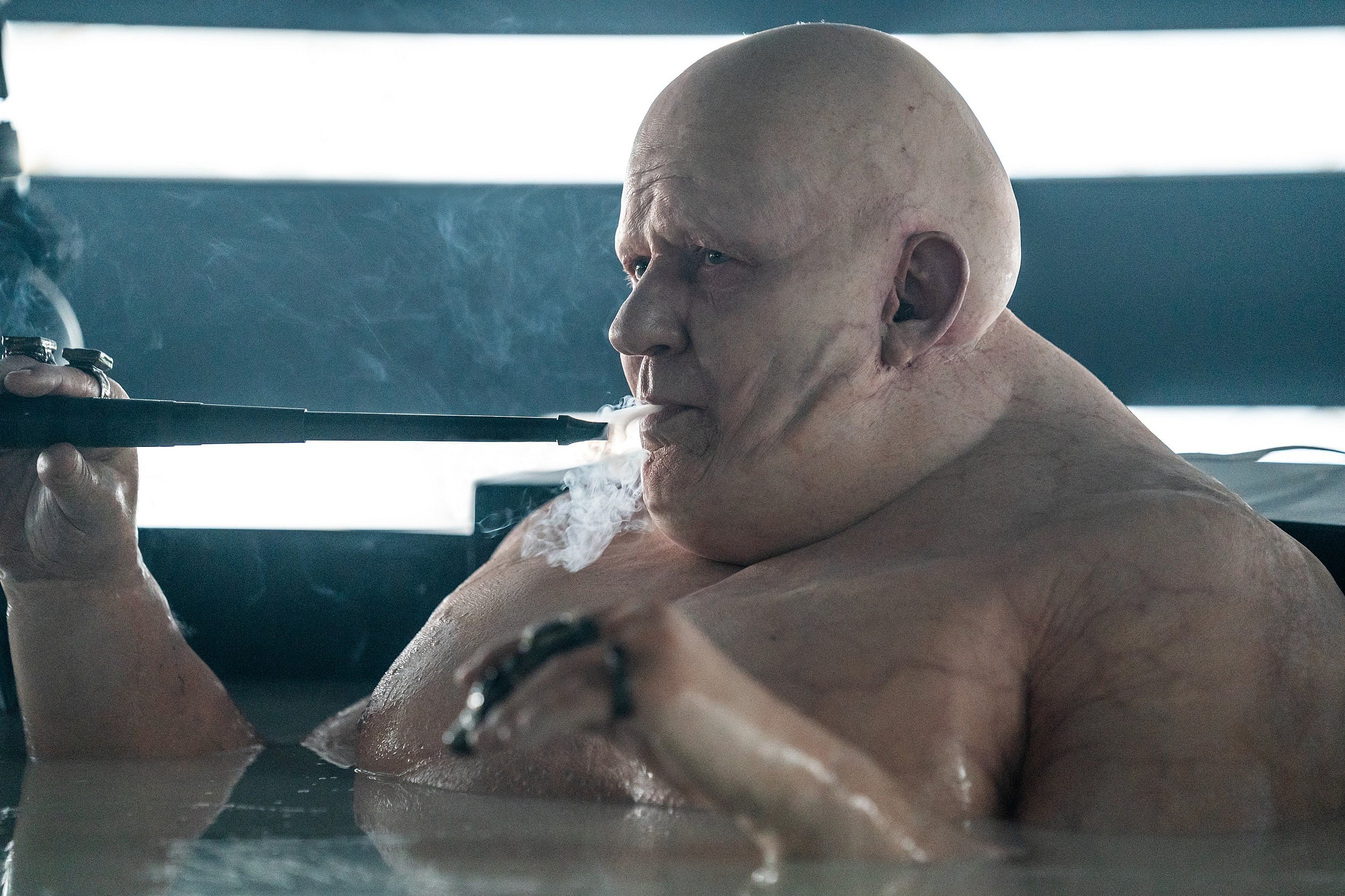
Yet, despite these criticisms, I still found Dune: Part Two to be an explosively avant-garde film.
Impeccably shot, filled with superb visual effects, and dripping with mostly strong performances from its entire cast, Villnueve’s latest will have you almost entirely invested in the dry, twisty, and monochromatic sci-fi drama for nearly all of its three hours.
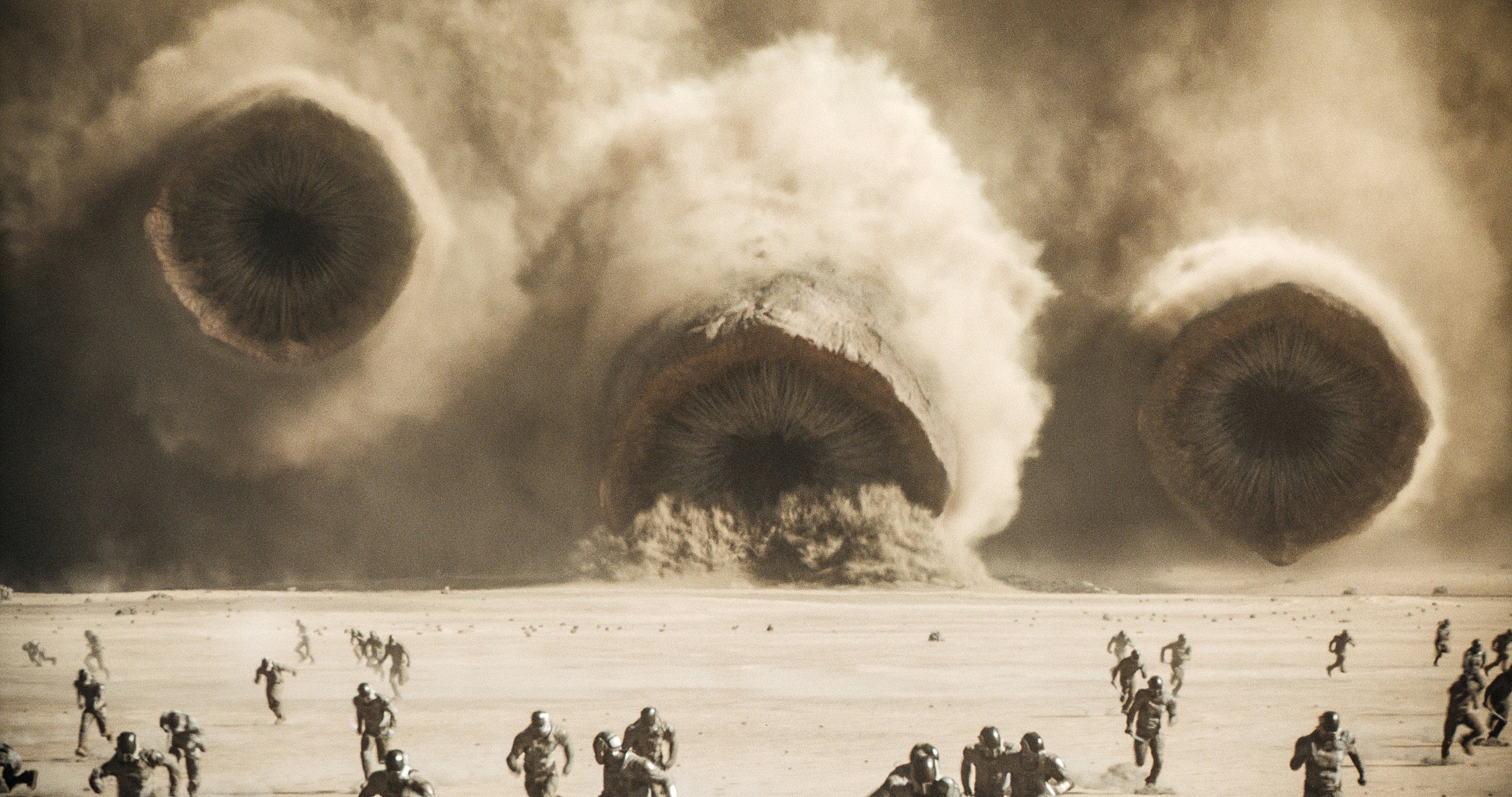
Dune: Part Two (2024), Warner Bros. Pictures
PROS
- More action than Dune
- Gorgeous cinematography
CONS
- Lengthy dialogue
- Timothee Chalamet is a turd.
